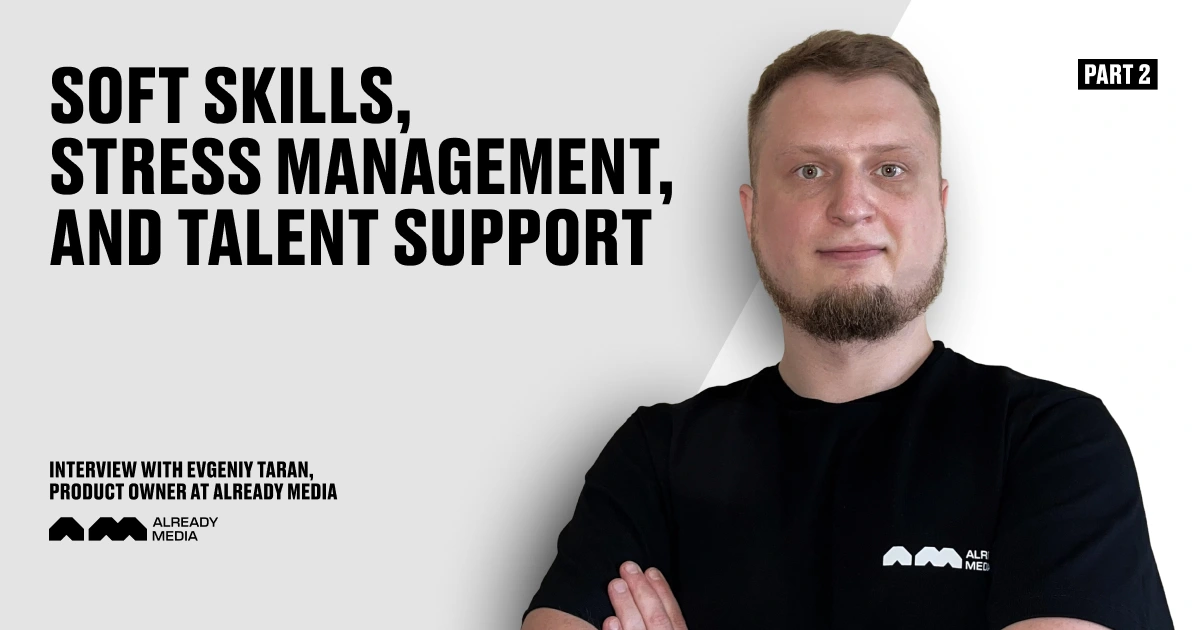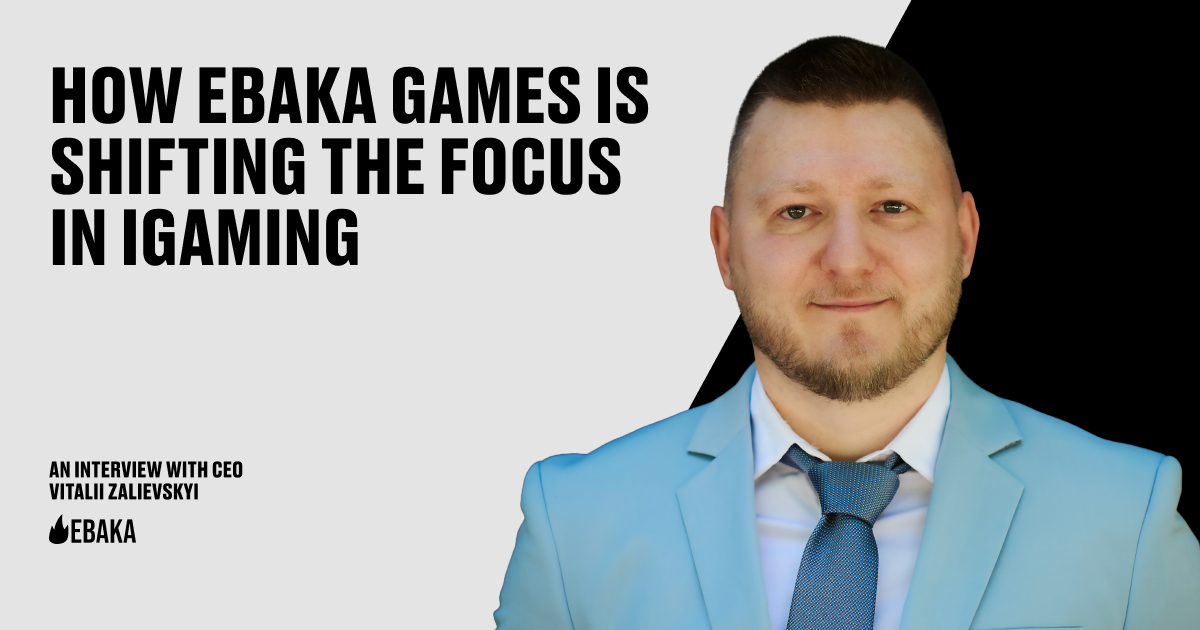
In SEO, victory no longer belongs to those with the most links, but to those who respond fastest to changes in search results. COO of Already Media, Nata Shchedrina, shares in an interview how to build an internal automation system — from data collection and financial tasks to managing domains, content, and analytics.
Automation
Can you tell us what changes the Already Media team has noticed in affiliate SEO and why you decided to move toward automation?
I wouldn’t say there have been any sharp changes in affiliate SEO, but it is a fact that the market is evolving, and the pace of these changes is increasing. Competition is intensifying, large social platforms and AI are actively drawing traffic, and traditional approaches to SEO, content, and analytics no longer work. To remain among the leaders, you need to act faster, more flexibly, and more technologically.For us, automation is not a one-time initiative but a strategic choice we made several years ago. Even then, it was clear that those who can quickly gather data, scale processes, and respond to algorithm and search result changes faster than others win. Without a technological base, it’s hard to stay at the top today.
What did you automate first in your company, and why?
We started by automating everything that slowed down growth — routine processes, repetitive work, data collection and analytics, coding, alert and monitoring systems, technical audits for projects, work with text and creative content, and template preparation. We also automated many HR processes; in a company with more than 300 employees, this frees up a huge amount of resources. Today, we have AI bots that handle standard employee requests, dozens of internal solutions for managing links, traffic, domains, and even finances. This is our technological framework, which allows us to work faster, more accurately, and more efficiently than most players on the market.
What tools have you developed internally? Can you share details or screenshots?
We have over ten proprietary tools that cover both administrative and SEO tasks. Our team includes over 30 developers who develop and maintain these solutions. Among them are software tools for automating payments and settlements with employees and contractors, managing domains, links, and other assets, tracking and optimizing traffic, managing finances, internal analytics, and many other functions. We usually prefer to develop our own solutions rather than use ready-made SaaS tools. This is not only a matter of security but also flexibility — it allows us to adapt products to the specific needs of our teams and quickly update them if tasks or priorities change.
Which internal tool would you never reveal publicly, and why?
Some of our solutions are potentially planned as external products and might be launched to the market. But there are others we will never disclose. Firstly, they are created specifically for our workflow and don’t make sense outside our structure. Secondly, they are our competitive advantage, and as long as they work, there’s no reason to share them.
How do you evaluate the results of automation?
We look at concrete changes in processes and outcomes — how much faster and more stable tasks have become, whether errors have decreased, and how much easier it is to manage processes. If an operation that used to take three hours manually now takes 15 minutes without any loss in quality, then the automation has worked.
KPIs and Measuring Results
What counts as a result in Already Media? Which metrics are key?
For us, results are a combination of financial and operational indicators. The key metrics we review each month are revenue, net profit, expenses, traffic volume and quality, rankings for key projects, conversions, and FTDs. Everything is measured in monetary terms or metrics that directly impact money. Metrics are then broken down by projects and departments. Each department has its own KPIs and targets depending on the specifics of their tasks and the project’s business model.
What KPI in affiliate SEO is considered “golden” at Already Media?
There isn’t a single “golden” KPI for all projects, as goals and business models can vary greatly. The main focus is on how much money organic traffic generates and how quickly investments pay off. For some projects, FTDs, their cost, and volume are key indicators. Positions and traffic growth, as well as margin, are also important. Ultimately, it all comes down to money and return on investment.
How long do you give a project before deciding if it’s a “rockstar” or a failure?
It depends on the niche, GEO, and project scale. On average, we give a project at least 6–12 months to see trends. Everyone knows SEO is a long game, and you can’t judge results quickly. We track ranking dynamics, traffic growth, and analytics for similar projects and competitors. If after a year a project shows no signs of profitability or growth, it’s a signal to reconsider the strategy or close it. But the final decision always depends on niche potential and SEO leadership’s vision. Some projects take time to deliver results but then become highly successful.
How do you distinguish a bad KPI from a good one — by the team’s tears or revenue drop?
The right KPI always shows the state of the business, project, or department. But it’s important to track KPIs dynamically, because numbers alone mean nothing. Only in context and alongside other metrics does a KPI gain meaning. A good KPI should be measurable, achievable, and clear to the team. If the team is in tears, it means the KPI is either unreachable or poorly explained.If revenue falls, it means either the wrong things were measured or the wrong actions were taken. To understand the cause, we analyze the metrics chain, determine where the failure occurred, and break down the indicators until we reach the root cause.
Team and Company
How is work organized within the team?
We have over 300 employees and a fairly complex structure with SEO and project teams, as well as infrastructure units supporting core revenue teams. We strive to minimize bureaucracy and stay flexible, so processes vary across teams. Even though we all work toward shared goals, each unit may approach them differently and use different tools. This structure allows us to adapt quickly and for team leads to find the most effective solutions.
How do you support employee growth within Already Media?
We take an individual approach. Each employee has a development map, clear KPIs, and regular performance reviews. These meetings show the direction for growth and necessary steps. We have many examples of rapid advancement — SEO specialists becoming leads in months, content managers moving into design, testers transitioning to business analysts. It depends on the employee’s goals and willingness to take responsibility. Even when vertical growth is limited, we offer horizontal growth — expanding project scope and responsibilities within the role. Employees can also take specialized courses and training funded by the company if needed.
What is more important to you — personal growth or contribution to the project?
For me, it’s two sides of the same coin. Without personal growth, you quickly lose relevance in our industry, and development directly impacts work results and contribution. Some employees prefer staying in their expertise zone, while others thrive with growth opportunities — both approaches are valued. If I had to choose, contribution to the project takes priority. Business depends on results, not intentions. The path to contribution — through expertise, new roles, or expanded responsibilities — is secondary. The key is that development drives business forward.
If you had to summarize the entire philosophy of Already Media in one sentence?
We are different, but we are united by one goal — to be the first in what we do. Already Media brings together people with diverse experiences, perspectives, and working styles, but everyone shares the ambition to deliver top projects that change the market. Being first is not just about rankings or revenue; it’s about approach, creativity, and the drive to grow even when it’s challenging.
What advice would you give to affiliate SEO webmasters working with traffic today?
For independent specialists or small teams, I would recommend looking at larger companies like ours. Today, affiliate SEO is hard to handle without strong infrastructure, access to data, technology, and resources. We always have open positions for such talent and welcome new ideas. For larger affiliates, I advise focusing on technology and differentiation. The market is becoming more complex, and simply driving traffic is no longer enough. You need to analyze data quickly, generate new hypotheses, and create products that provide real value.
Modern SEO has long moved beyond chaotic link-building and hoping for lucky algorithm updates. Today, winners are those who build systematic processes, automate routine work, and leave room for strategic decisions. Automation was once a privilege of large teams, but now it’s accessible to anyone ready to learn and implement new approaches. It saves resources, reduces errors, and accelerates project growth. In a world where search results change faster than pages can be updated, winners are those who can adapt without losing pace.

